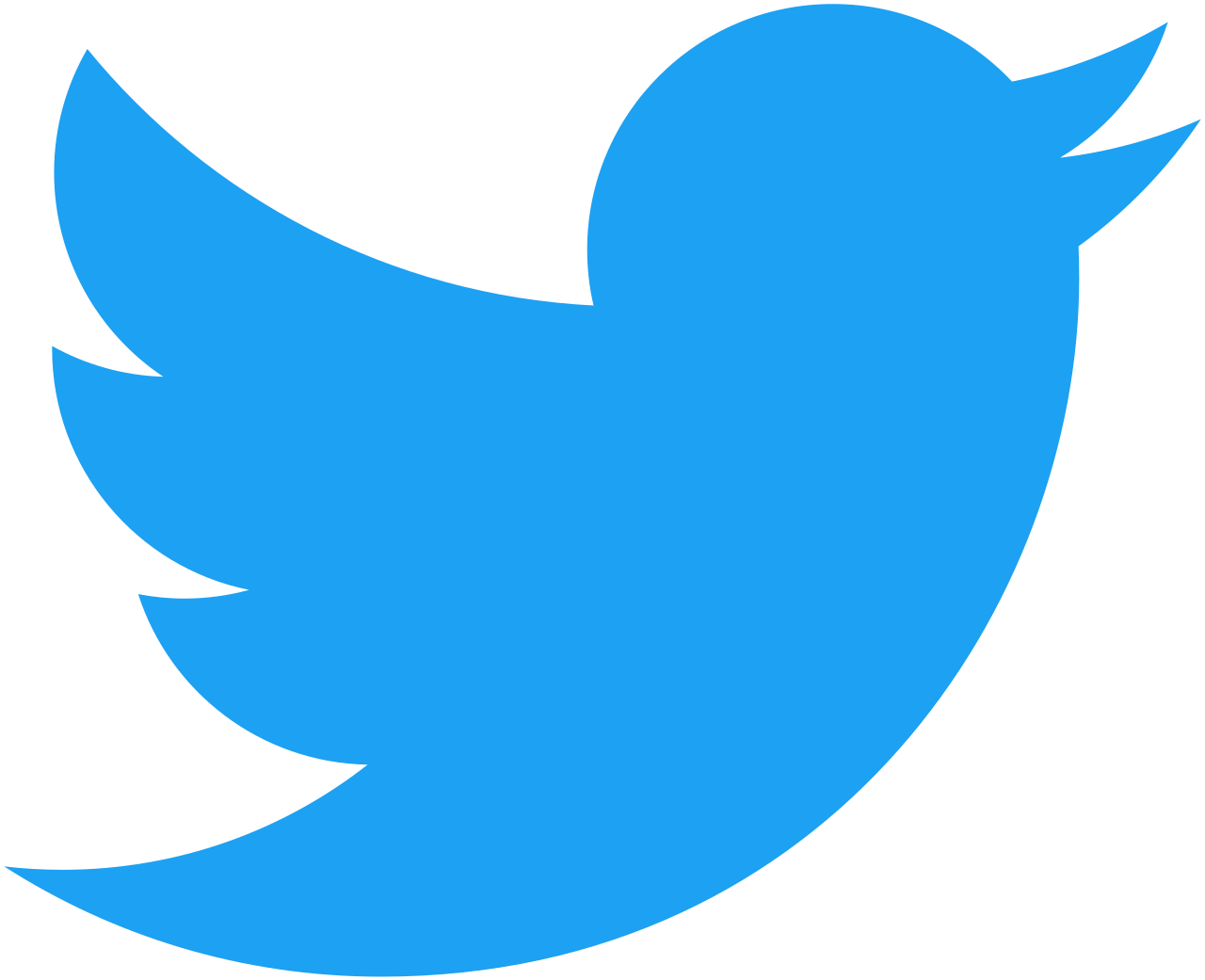In 2004, on a December evening, my cousin helped me sign up for my first email address. “it needs to be something you will remember and that people will recognize you from. Some people choose an interest or a hobby.” This was my introduction to the online world. against my cousin’s better judgment, I picked an email address that was too provocative for this blog. “People will certainly remember that,” she told 13-year-old me as she laughed. What I had just experienced, although I did not know it yet, was the beginning of cultivating an online persona. One that would follow me for many years as I began my foray into social media. The first thing I did when I got home was run to my family computer, unplug the landline, plug in the modem, dial up the internet, and use my new alias to join MSN so I could add my friends and speak with them online in the chat. MSN was an interesting experience as a teenager. All the friends that I would speak with on the app I had just spent all day at school with. I remember racing home to message a girl I liked or get the latest updates on everyone else’s day. Even in 2004, it was easier to chat online than in person. Most teens are shy and awkward, and I was no exception, but social media offered something different. It is a way to curate an image of self-confidence and provide protection and confidence to say and do things I wouldn’t be able to in person. MSN felt like a melting pot on a small scale; it was a way to message anyone else who had the platform. MSN promised the safety, of measured and thoughtful responses without worrying about genuine interaction. In my case, the more I began to speak to people in my life online, the less I needed to talk to them in school. Why talk to 25 people every day in person when I can talk to them all simultaneously in one hour after school? I didn’t know it then, but I was trading efficiency for connection.
Today’s social media landscape is unrecognizable from the roots of its past. In 2004, MSN and Facebook ruled supreme. Recently, I asked the other students in my teaching cohort if we could use Facebook Messenger to keep connected for projects. They looked at me as if I had two heads. “Facebook is what my mom uses,” one of the candidates said. Fair enough, so we began listing dozens of apps and tools to stay connected, collaborate on work, and share photos and videos. Instagram, Whatsapp, Snapchat, Google Drive, Microsoft Teams, Discord. These were just some perspective apps suggested for us to stay connected. The only thing that hasn’t changed is the development of an online image that we share with people. A snapshot of our best self. In some cases, this is a sleek LinkedIn profile with a banner that shows we are tech savvy, accompanied by buzz words like synergy, scalable, and innovative. In others, it is an Instagram profile showing pictures of drinking lattes on what appear to be never-ending vacations, a catalog of everything you want to think the world to think you are. What these profiles don’t show is the reality of these worlds. That sleek LinkedIn profile belongs to an underpaid, overworked “thought leader” who is working two jobs and developing an app on the side, getting 4 hours of sleep a night. The Instagram profile, in all its bravado, failed to document the three days of food poisoning and the missed flight on the vacation it was documenting. What both these profiles are missing is genuine human connection. Moving forward, it’s more important now than ever to remember there is humanity behind that screen. In many cases, Social media has made it harder than ever to connect.
So, what does all this mean in the teaching world and a technology and innovation class? Reflecting on my social media usage from my humble beginnings in 2004 to where we are now, I realize we can’t put the jack back in the box. Social media has become so ingrained in human connection that the goal is to develop an online footprint to be proud of, which will become important in my career. I also believe authenticity is essential to portray when creating an online presence. Today, with the likes of Instagram, Facebook, and TikTok, it’s easier than ever to tap into vast networks for learning resources and professional connections. While these tools are invaluable for accessing materials or expanding your reach, they aren’t replacements for real, meaningful interactions. Building strong communication skills, nurturing relationships with colleagues, and genuinely connecting with students are irreplaceable in fostering deep, long-lasting bonds. Social media is a powerful supplement, but human connection remains the cornerstone of effective networking and personal growth.
